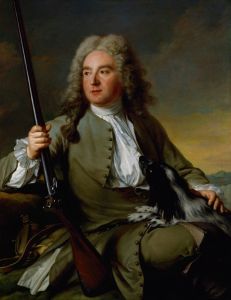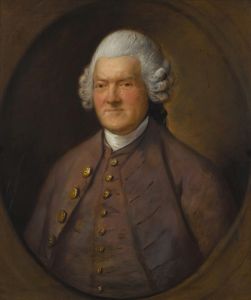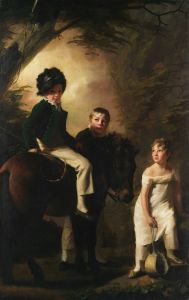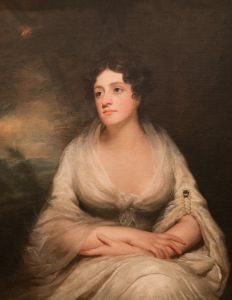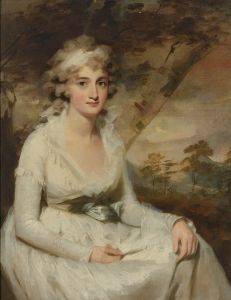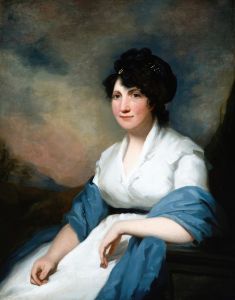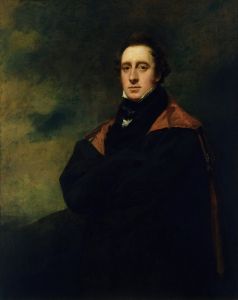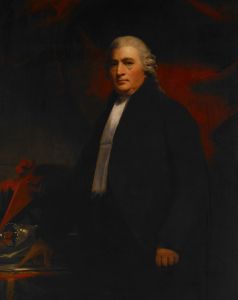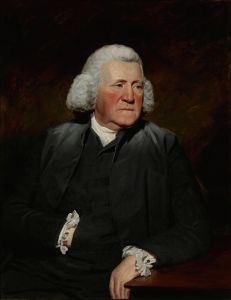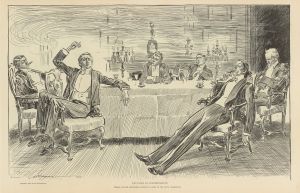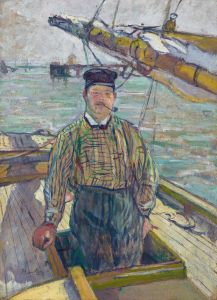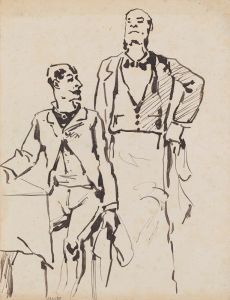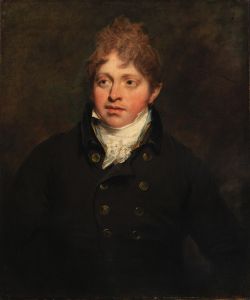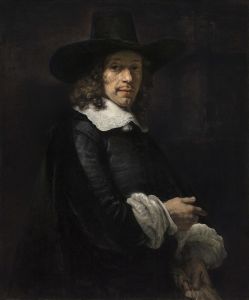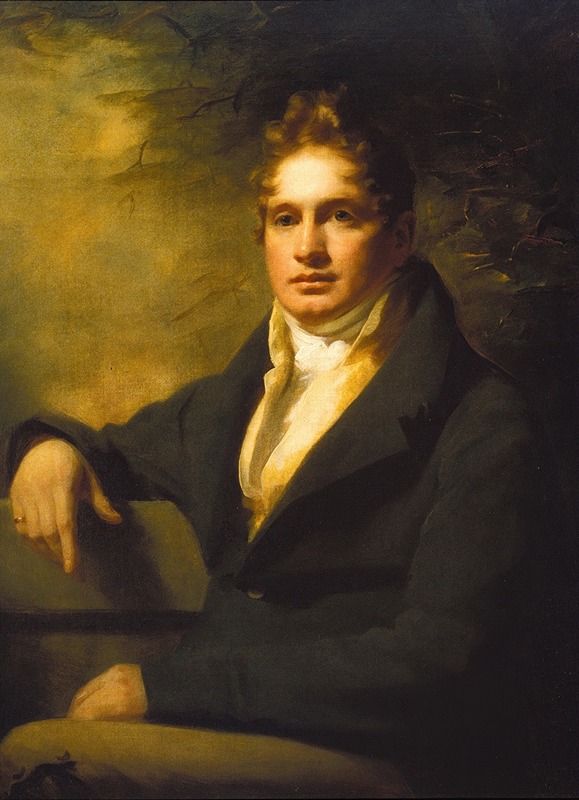
Alexander Murray, 8th Baron Elibank
A hand-painted replica of Sir Henry Raeburn’s masterpiece Alexander Murray, 8th Baron Elibank, meticulously crafted by professional artists to capture the true essence of the original. Each piece is created with museum-quality canvas and rare mineral pigments, carefully painted by experienced artists with delicate brushstrokes and rich, layered colors to perfectly recreate the texture of the original artwork. Unlike machine-printed reproductions, this hand-painted version brings the painting to life, infused with the artist’s emotions and skill in every stroke. Whether for personal collection or home decoration, it instantly elevates the artistic atmosphere of any space.
Alexander Murray, 8th Baron Elibank by Sir Henry Raeburn is a distinguished portrait painting created by the renowned Scottish artist Sir Henry Raeburn. Raeburn, born in 1756, was a prominent portrait painter known for his depictions of notable figures in Scotland during the late 18th and early 19th centuries. His work is characterized by a keen attention to detail, a masterful use of light and shadow, and a capacity to capture the personality and status of his subjects.
The subject of this particular portrait, Alexander Murray, 8th Baron Elibank, was a member of the Scottish nobility. The Murray family held the title of Baron Elibank, a title in the Peerage of Scotland, which was created in 1643. Alexander Murray, born in 1780, succeeded to the title in 1820, following the death of his predecessor. As a baron, he would have been involved in the social and political life of Scotland during a period of significant change, including the aftermath of the Scottish Enlightenment and the ongoing effects of the Industrial Revolution.
Sir Henry Raeburn's portrait of Alexander Murray is an excellent example of his mature style. Raeburn was known for his ability to convey the character and status of his sitters through his portraits. In this painting, Raeburn likely employed his signature technique of using a limited color palette and focusing on the interplay of light and shadow to create a sense of depth and realism. The portrait would have been intended to convey the dignity and authority of Baron Elibank, reflecting his position in society.
Raeburn's portraits often featured a naturalistic approach, avoiding the overly formal and rigid poses that were common in earlier portraiture. Instead, he preferred to depict his subjects in a more relaxed and approachable manner, which was a hallmark of his style. This approach helped to convey the personality of the sitter, making the portraits more engaging and lifelike.
The painting of Alexander Murray, 8th Baron Elibank, would have been commissioned to commemorate his status and achievements. Portraits during this period were often used as a means of documenting lineage and preserving the memory of influential individuals for future generations. As such, this portrait would have held significant personal and familial importance.
Sir Henry Raeburn's work, including this portrait, is highly regarded for its artistic quality and historical significance. Raeburn was appointed as the King's Limner for Scotland in 1822, a testament to his standing as one of the leading portrait painters of his time. His portraits remain an important part of Scottish cultural heritage, offering insights into the people and society of his era.
Today, Raeburn's portraits, including that of Alexander Murray, are held in high esteem and can be found in various public and private collections. They continue to be studied and appreciated for their artistic merit and their contribution to the understanding of Scottish history and identity.





